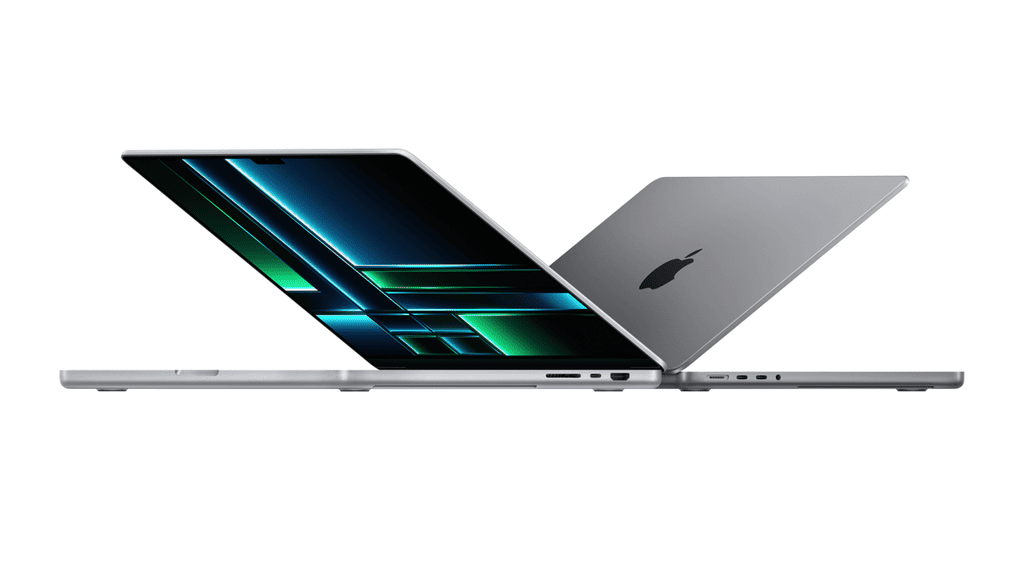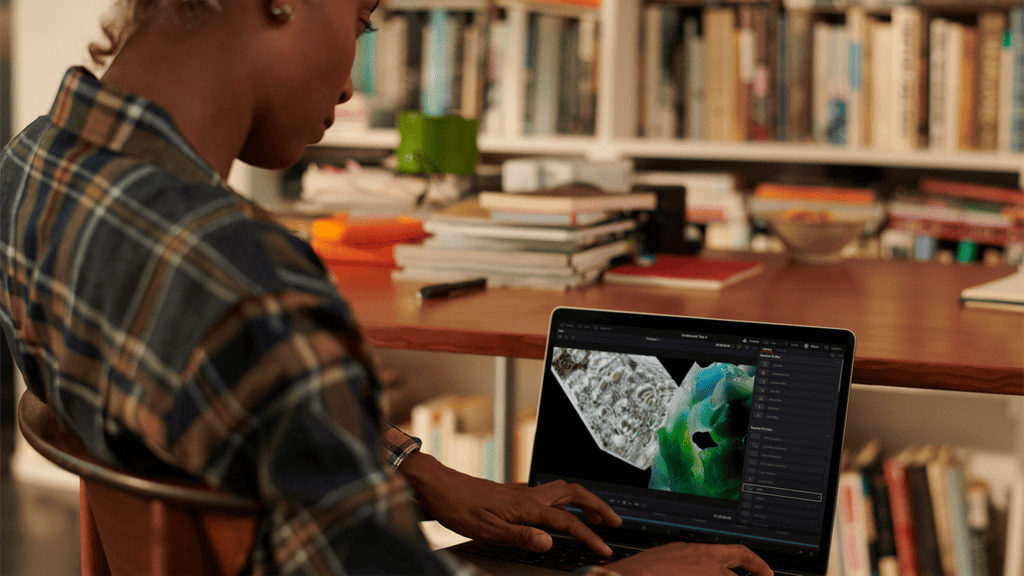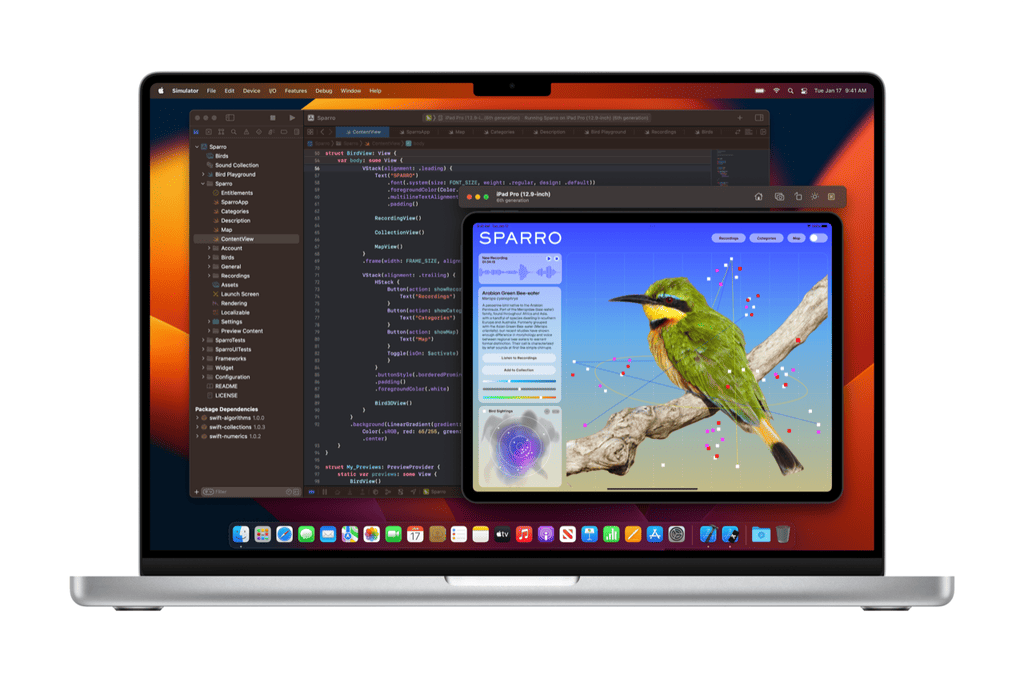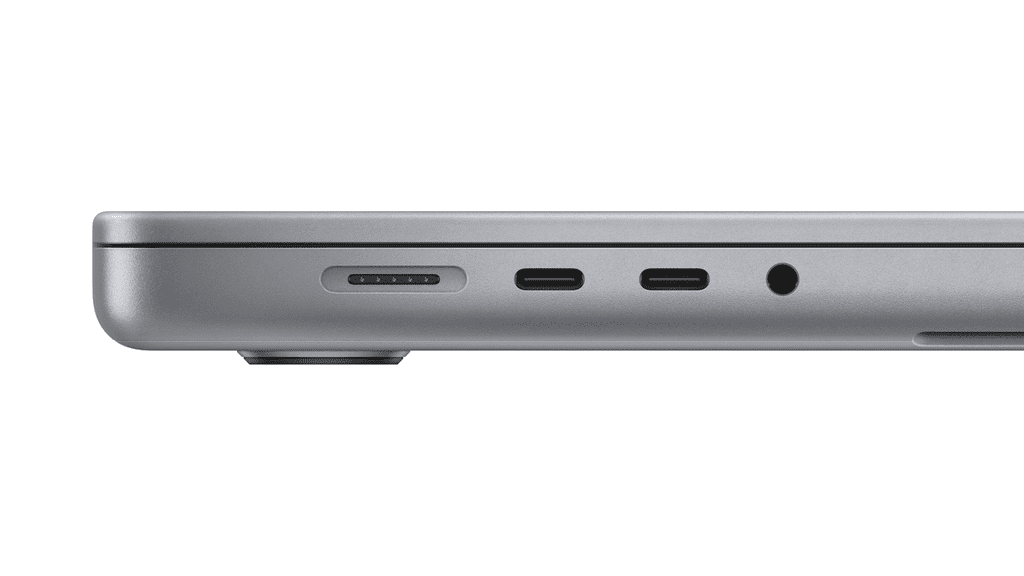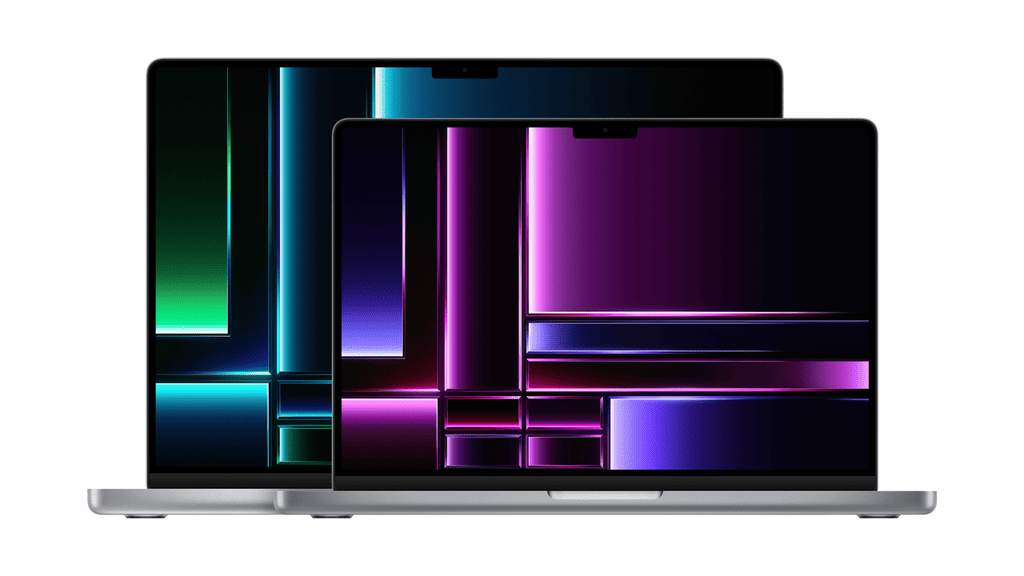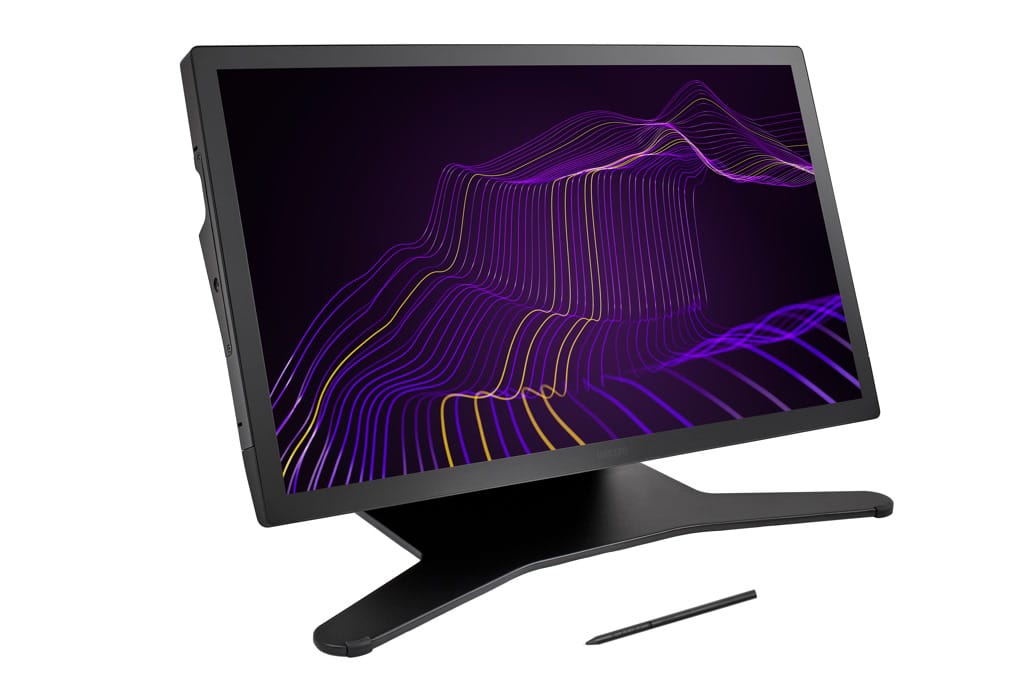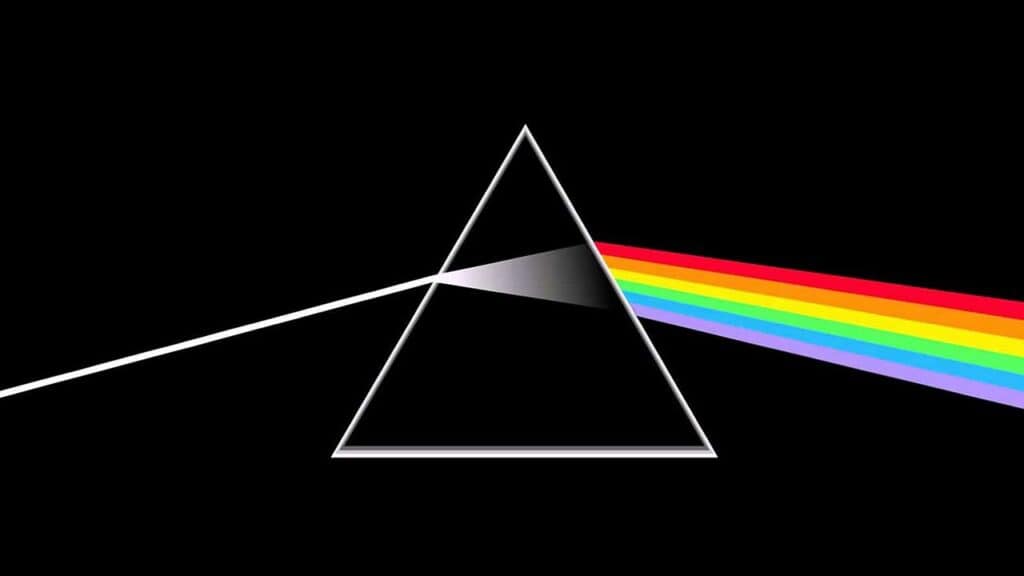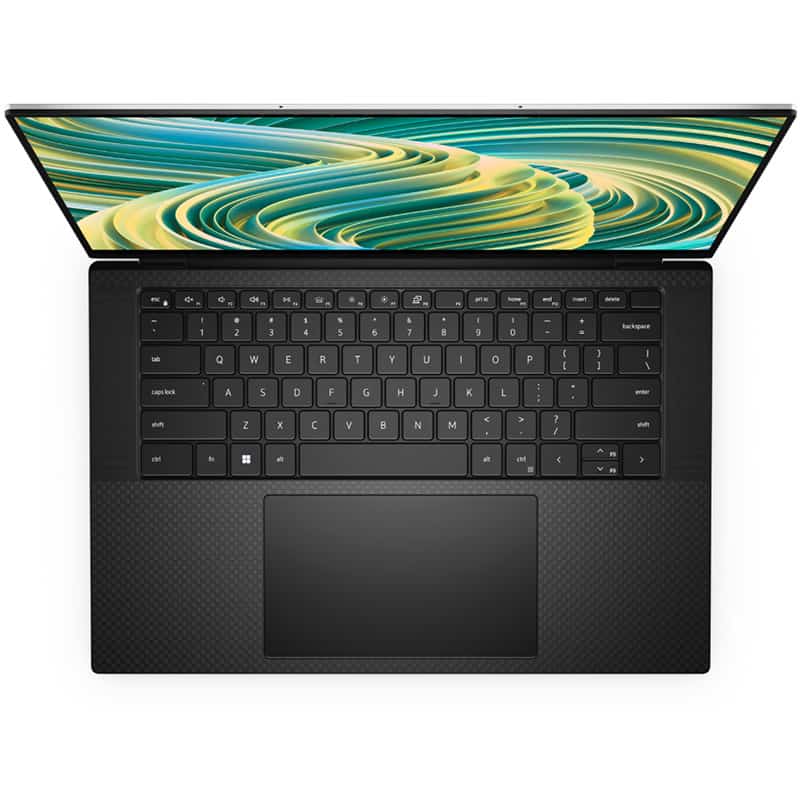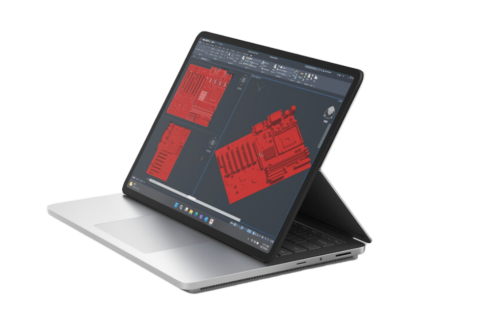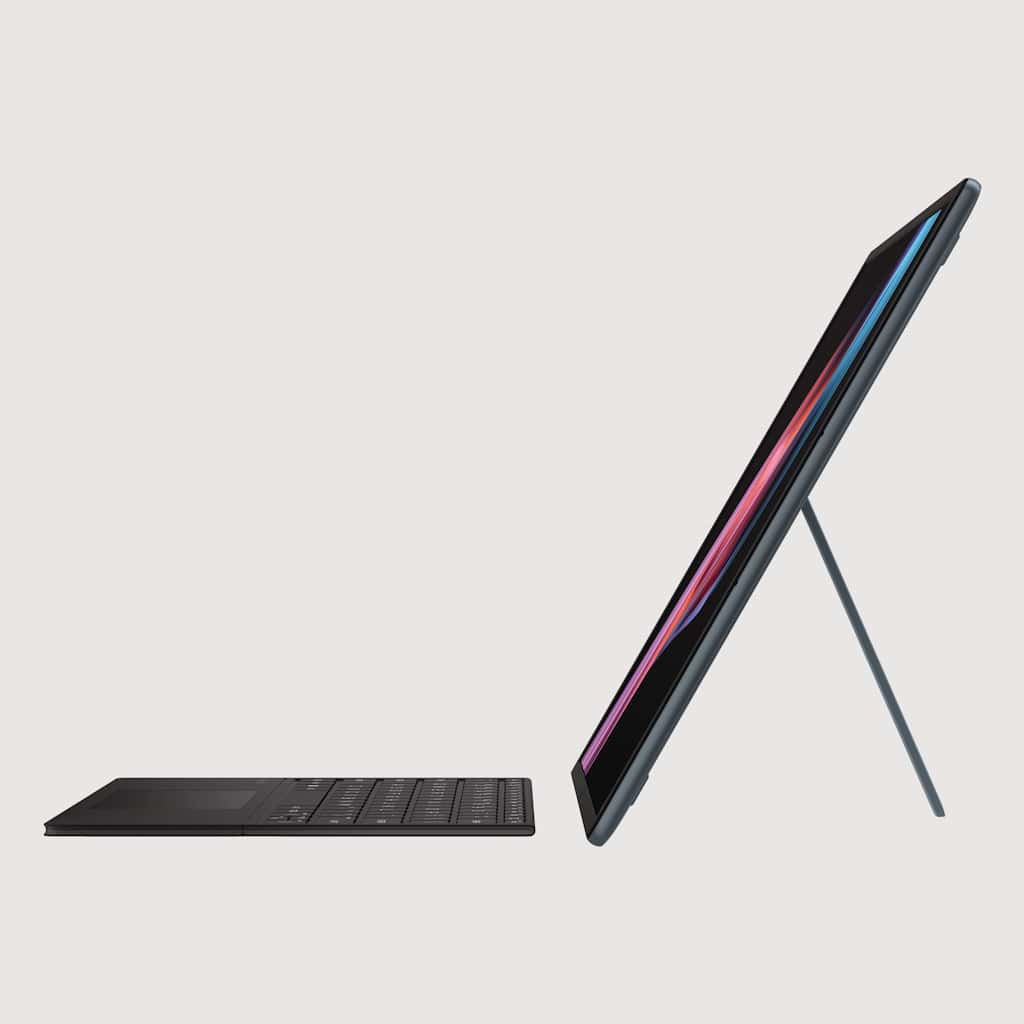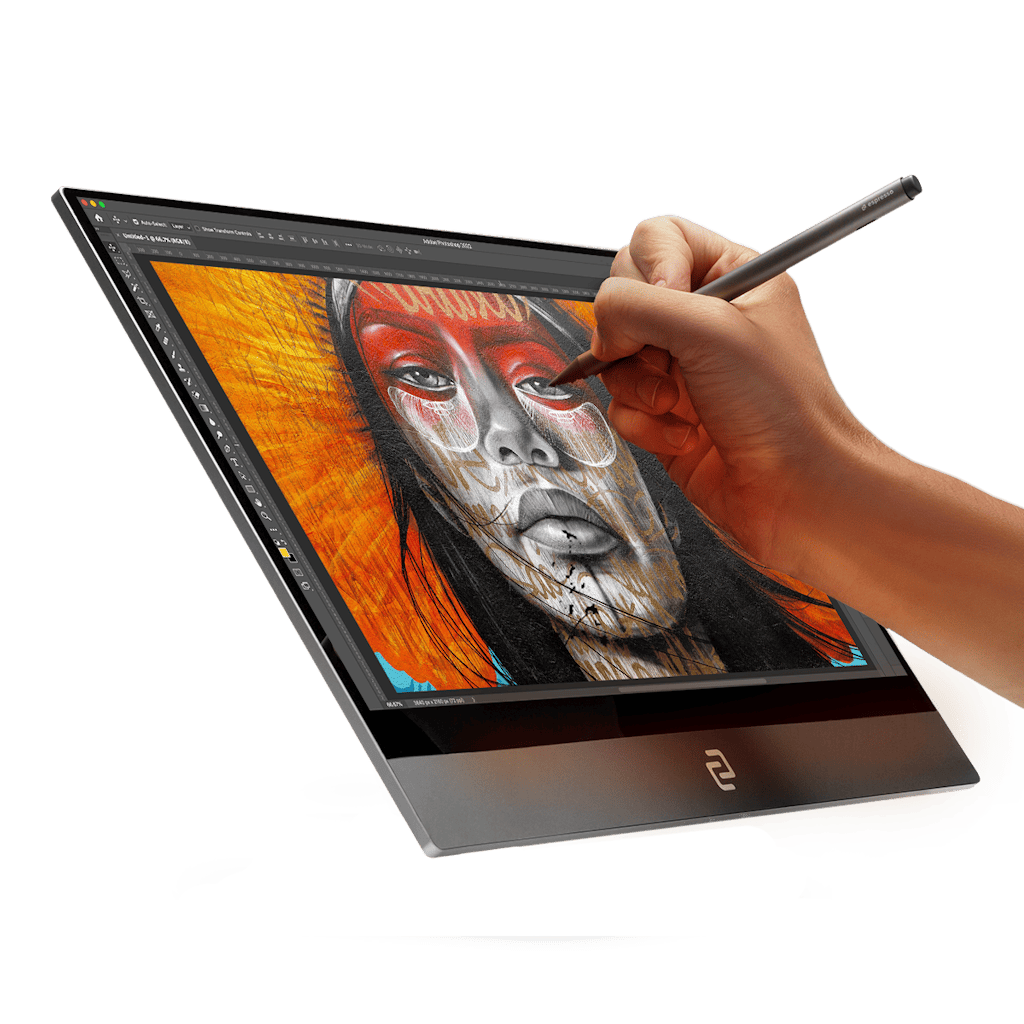Apple MacBook Pro M2 Max (2023)
MacBook Pro REVIEW
Is the new MacBook Pro the best-ever laptop for creatives? Witchdoctor tech guru PAT PILCHER has a nice long play with it.
From $4599
 Apple’s M2 Max-powered MacBook Pro (16″) is a true beast. If it were a vehicle, it’d be the monster truck that appears at shows, crushing other cars as it lands on them from a flying jump spouting flames as fans ecstatically shriek with joy.
Apple’s M2 Max-powered MacBook Pro (16″) is a true beast. If it were a vehicle, it’d be the monster truck that appears at shows, crushing other cars as it lands on them from a flying jump spouting flames as fans ecstatically shriek with joy.
That said, at-a-glance, the M2 MBP doesn’t appear all that revolutionary on its surface and looks more like a culmination of ongoing refinements. Superficially, much of the design of the M2 MBP seems little changed from its 2021 sibling, while some stonking great performance boosts have been added under its hood.
The review unit came packing Apple’s in-house designed M2 Max processor silicon. It is insanely powerful while also being user-friendly and more importantly, battery-friendly (more on this later). It’s the sort of thing you’d expect from Apple. In use, I was both astonished and impressed.
Having more grunt than a bacon factory comes at a price. To this end, the 16″ M2 MBP starts at a wallet pummelling $4599 (which gets you a 12-Core CPU, 19-Core GPU, 16GB Unified Memory, and 512GB SSD Storage). Move up to a 12-Core CPU, 38-Core GPU, 32GB Unified Memory, and 1TB SSD Storage and you’re looking at $6349. With 64GB of RAM, the review unit costs even more.
It might cost the GDP of a developing nation, but Apple adds plenty of goodies. These include the glorious 16″ Liquid Retina XDR display, 3 Thunderbolt 4 ports, an HDMI port, an SDXC card slot, a MagSafe 3 charging port, and more, lots more. The review unit used the M2 Max, a 5nm 12-core CPU that also packs a 38-core GPU. As mentioned above, its memory was also boosted to 64GB, with a whopping 1TB of SSD storage.
The MBP 16″ model looks remarkably similar to the 2021 model. This isn’t bad and fits with the old mantra, “if it isn’t broken, don’t try to fix it.” As you’d expect from Apple, its design language is polished and extremely well executed. Its machined aluminium chassis feels solid and looks uncluttered. The display sports super-thin bezels and the keyboard has charcoal-black plastic tile keys, which use a low-profile membrane dome and scissor-switch combo.
This might not deliver a huge amount of key travel, but there is a satisfying click at the bottom of each keystroke. Some might prefer the aluminium keycaps of earlier Macs. Still, I found that the charcoal black finish helped the keyboard backlighting to stand out. The keyboard layout has function keys along its top row, and the Touch Bar micro-display has been jettisoned (it’s still used on the 13-inch MBP). Another nice design touch with the keyboard is its power button. It does double duty as a Touch ID sensor, making logging in and transactions (via Apple Pay) relatively seamless.
The trackpad also has plenty of room. As with earlier MBPs, it uses Force Touch haptic technologies, which translate into more accurate feedback, and provides handy pressure-based contextual menus. A harder tap opens up new functions, while normal taps still do all your standard mouse navigation. In combination with the roomy wrist rests, there’s plenty to like.
The M2 MBP is no shrinking violet, weighing over 2kg. The funny thing is that its slinky 16.7 x 355.6 x 248.1mm dimensions give it a much lighter look. Its beefy specs and sizeable 16″ display put the M2 MBP squarely in the portable gaming or workstation laptop category. In the Windows PC world, most are often heavier and chunkier, with abysmal battery life.
The 16.2″ screen, branded by Apple as Liquid Retina XDR, is a 120Hz TFT panel mini LED backlit screen that delivers crisp, bright, vivid, peeper-pleasing on-screen goodness. Local dimming makes for high-contrast levels. On-screen blacks are very OLED-like. In a nutshell, the display is gorgeous.
That said, it isn’t perfect. Where most laptop makers plunk their cameras into the bezel, keeping the screen uncluttered, the super-slim bezel of the MPB meant Apple had to use a cut-out along the top of the screen, which can be a distraction. Given how little I use the camera in most laptops, I’d have been happy with a flip-out or even an external, attachable camera.
The other potential issue (which isn’t a big deal unless you are coming to the MBP from Windows) is the lack of touchscreen support. Its absence isn’t likely a deal breaker for most users, even if it’d be a super handy addition.
The MBP has stuck to the improved external connectivity formula of recent MacBook Pros. This sees it kitted out with an HDMI output, an SD card slot and Thunderbolt/USB-C ports plus a headphone jack.
On the wireless connectivity front, the MBP is well-appointed. First and foremost is support for Wi-Fi 6E, which, when paired with my Orbi mesh system delivered astonishingly fast internet access. Bluetooth 5.3 is also present. If wireless connectivity is important, Apple has you well and truly covered.
With all the power of a gaming laptop or a portable workstation, you’d be forgiven for thinking that the MBP would need to be tethered to mains power as much as possible. Apple claims that 22 hours of battery life is possible but your mileage will vary depending on what you’re using it for. After firing up a looped video clip, turning off Wi-Fi, and leaving it to run unplugged, I got a whopping 24 hours and 30 minutes, which is testimony to the sheer efficiency of the M2 Max silicon and battery improvements.
If you think I am impressed with the MBP, you’d be right. The MBP with an M2 Max under its hood is not only beautiful to look at but its features are well thought out. You get acres of raw processing power along with what can only be described as astonishing battery life. If you are in the Apple ecosystem and can afford it, the MBP is definitely the one to beat.

